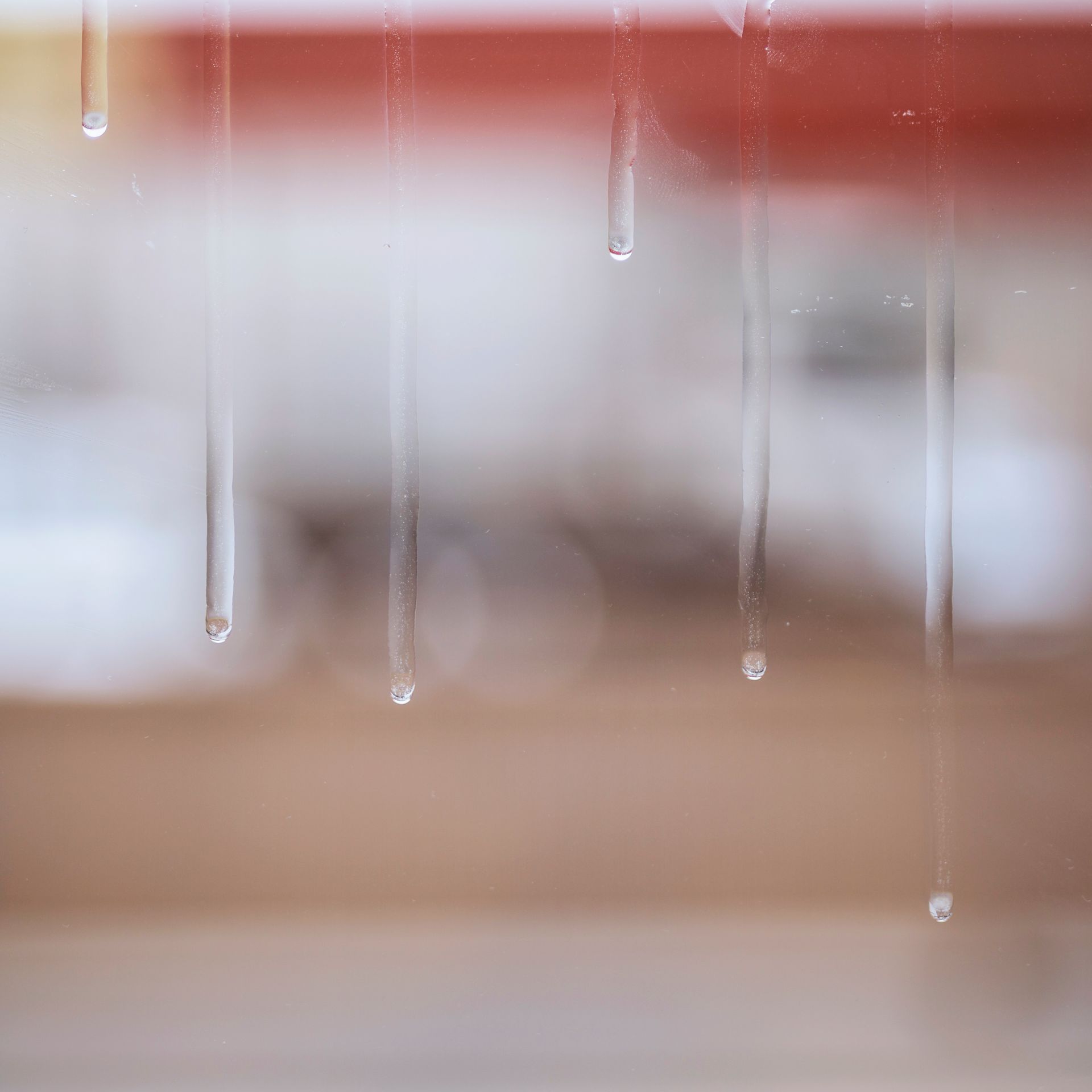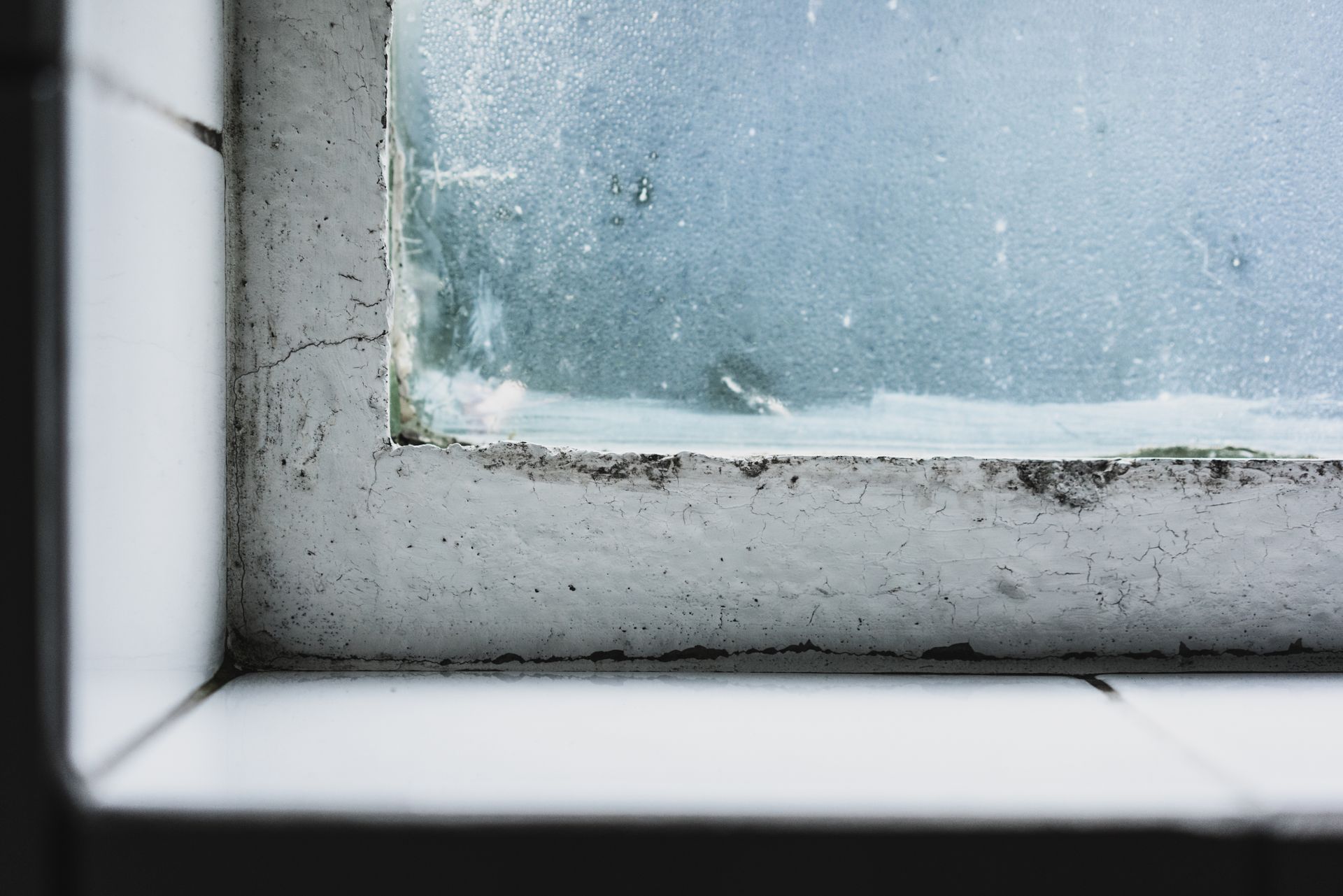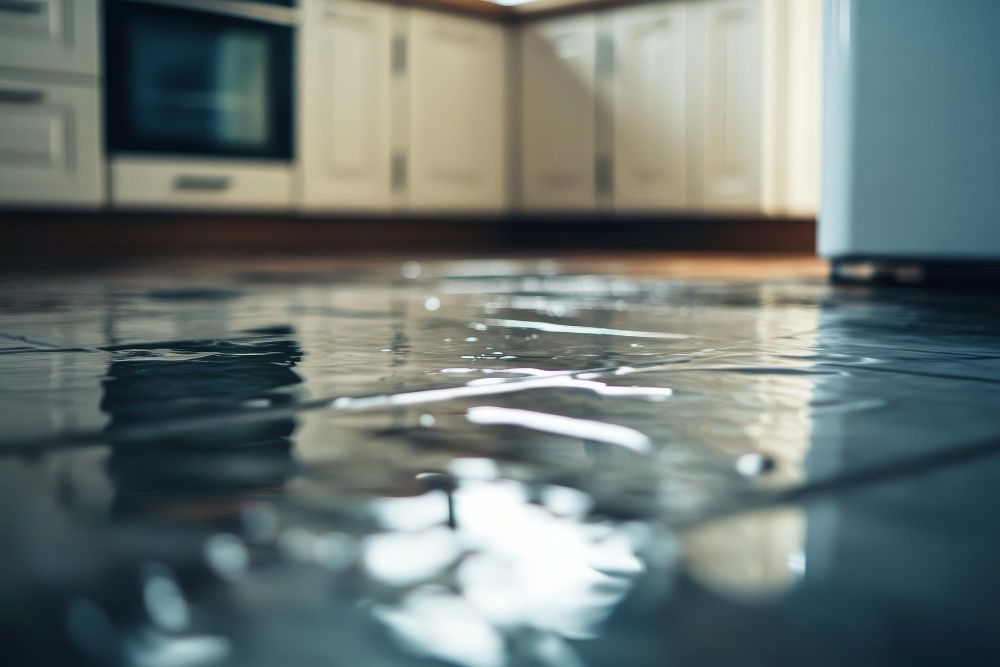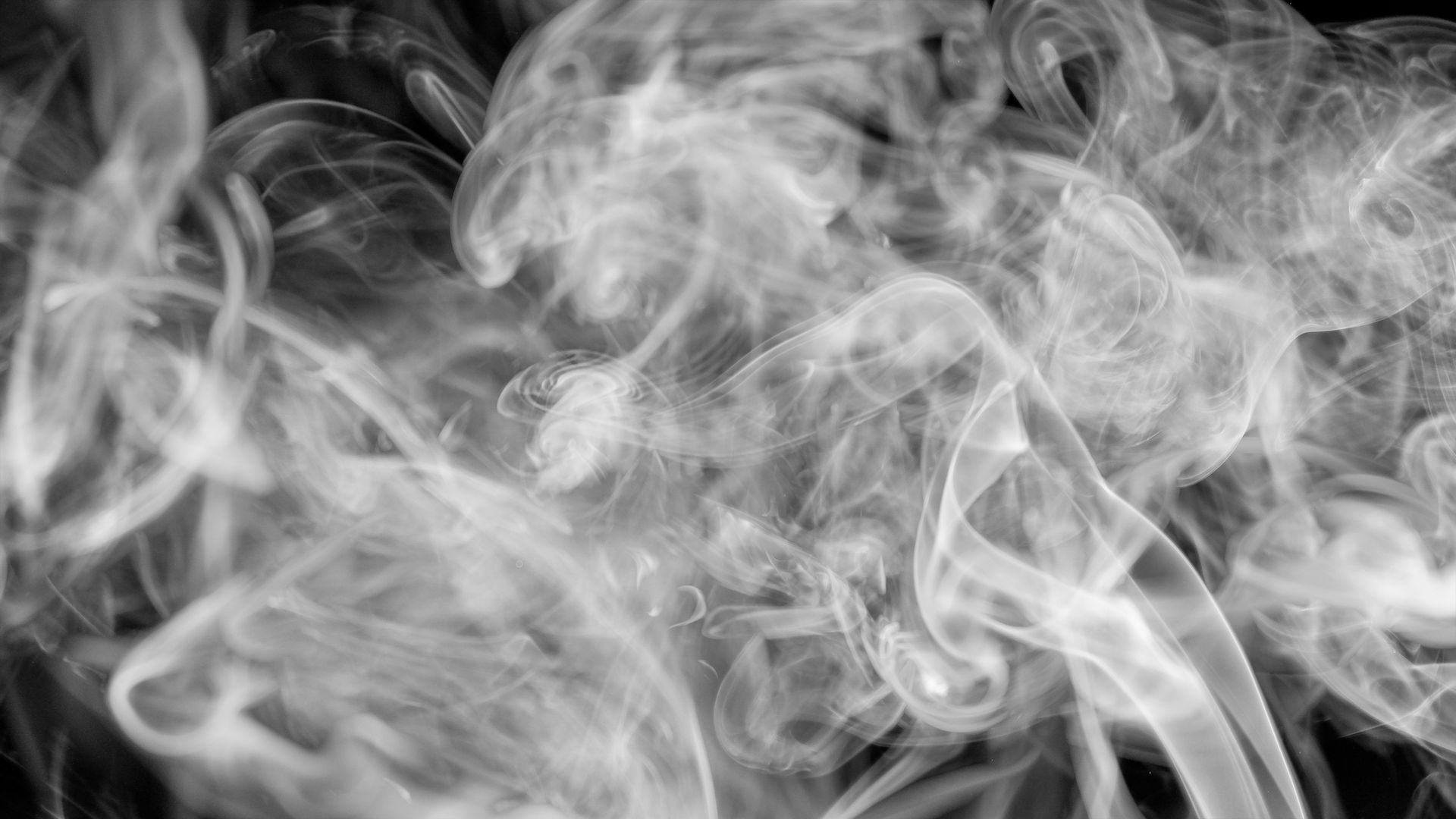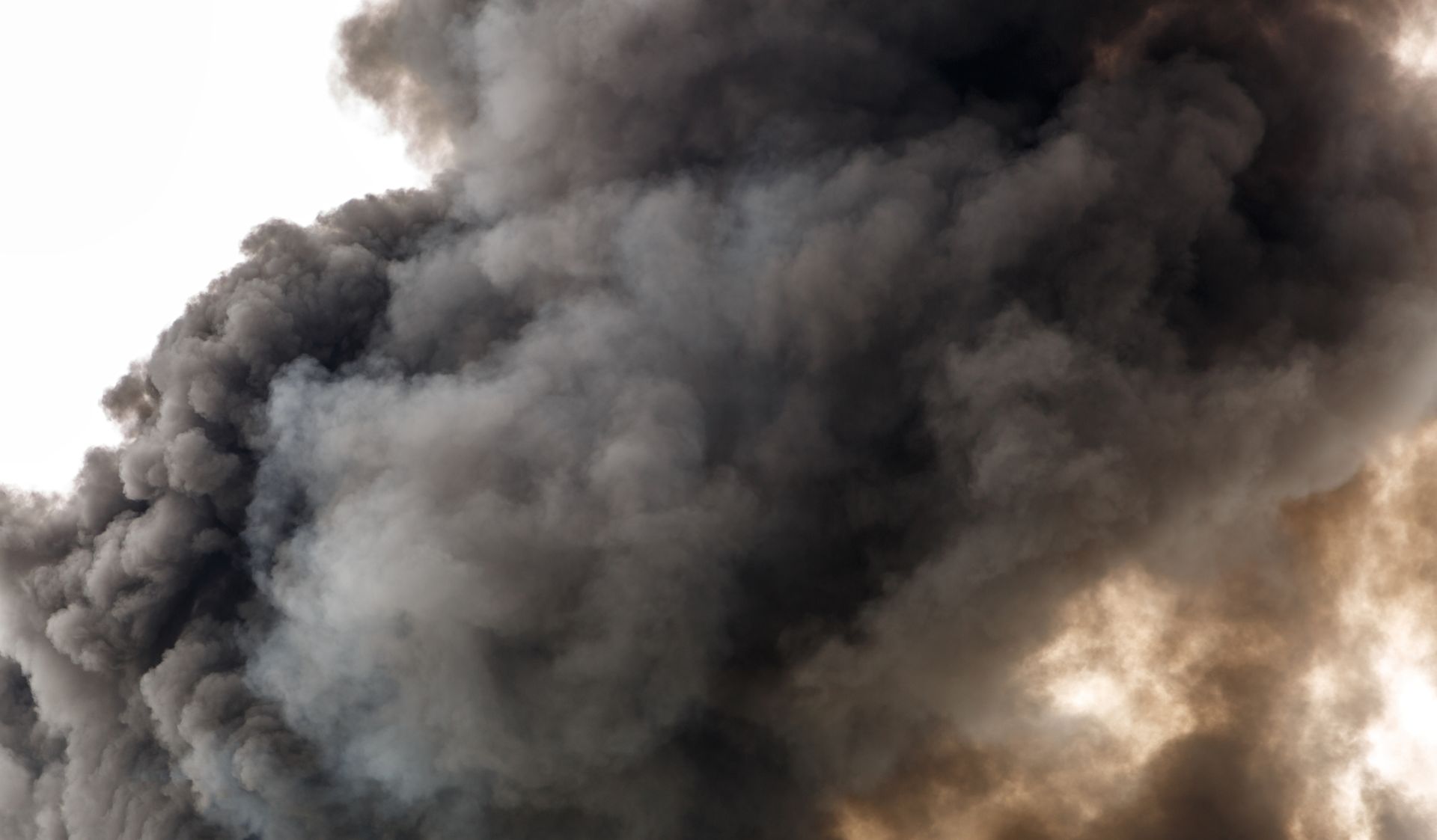The Signs of a Burst Pipe in the Basement
The Signs of a Burst Pipe in the Basement- Dawsonville, GA
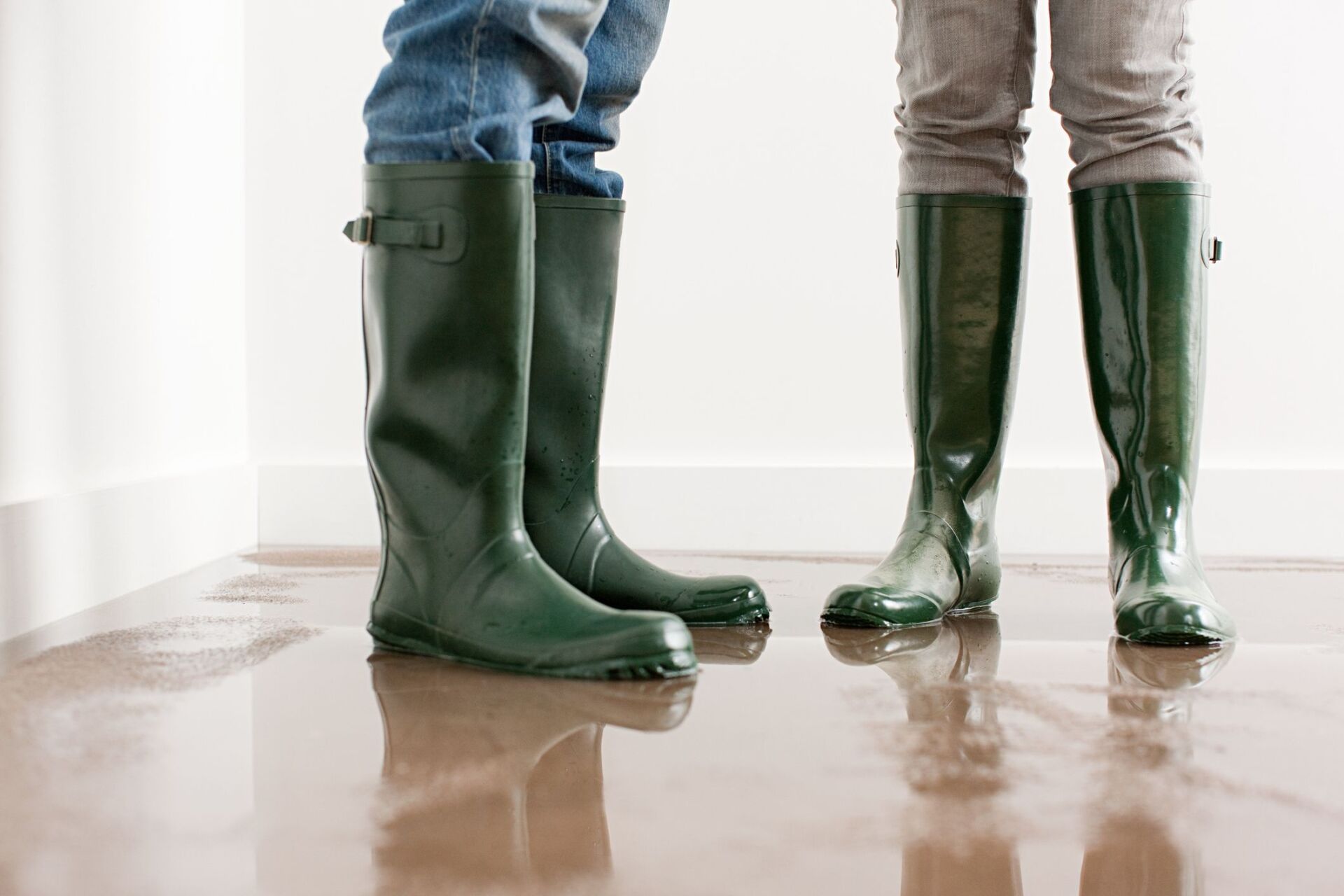
Pipes can burst at your house or company at any time. A damaged leaking pipe can be difficult to identify since pipes are normally concealed from view, and if left ignored, it can cause major damage that can be costly.
Why Do Pipes Burst
Pipes can burst due to freezing, installation flaws, physical damage, or even corrosion. It just takes one little hole in the pipe to grow into a larger hole over time. Water damage to carpets, drywall, or other components of your house can be costly to fix. Signs of a suspected damaged pipe should never be ignored.
How to Identify a Broken Pipe
Detecting a damaged pipe is critical for avoiding more costly damage to your home. Here are a few simple methods to spot a leaky pipe in your home:
- Changes in Water Pressure- When washing your hands or having a shower, you should always check the water pressure in your taps. If you observe a drop in water pressure, it might be an indication of a damaged pipe. If the water pressure is really low, it is likely that there is a leak somewhere in the system. You might not be able to get water out of the faucets if your pipes are frozen.
- Water that Smells or is Discolored- A ruptured pipe is indicated by a weird brown hue or a foul odor in your water. When the water becomes brown, it indicates that a pipe in the earth has ruptured. The pipe will rust with time, allowing dirt, germs, and other impurities to enter the water, posing a health risk to you and your family. If your water smells like rotten eggs, it might be an indication of a sewage leak, which is produced by hydrogen sulfide forming in sewer pipes. It is critical that our plumbing experts examine this problem.
- Strange Sounds Coming from the Pipes- Professional plumbers build plumbing in such a way that it is as quiet as feasible. As a result, if you hear unusual noises emanating from your pipes, it might be an indication of a leak. Whistling or bubbling noises suggest a leaking pipe. Bubbling occurs when air enters sewage systems. Dented piping produces whistling noises as water attempts to get through the tiny parts of the pipe. When the water is flowing, you will hear a leaking sound, which indicates that the leak is already there.
- Standing Water Below the Sink- The most common technique to identify whether a pipe in your house or business is leaking is to look for standing water beneath the sink. You may also look for damp carpets and flooring as strong indicators of a system leak.
- High Water Bill- If your water bill has suddenly increased without any significant increases in consumption, you may have a leaking pipe causing excessive water usage. This issue should be addressed as soon as possible to avoid more water damage.
- Water Marks- Watermarks on the wall are a common symptom of ruptured pipes. Because pipes are hidden behind the walls of your house or company, they will leave a mark if they break or leak. You could even notice that the wall is damp or spongy at times.
- An issue with Exposed Piping- When pipes are exposed, they have a higher likelihood of bursting. These pipes are typically found beneath your sink or run through an unfinished basement. If the water within the pipe has frozen or is likely to freeze, check for ice, frost, and condensation as primary indicators. If the pipe bulges, it signifies the water has already frozen and is about to break.
How to Locate a Leaky Pipe
By checking for puddles or leaking water around your property, you may quickly identify a leaky pipe in your house or business. You may notice stains on your ceiling or drywall, or you may be able to see where the hole is in the case of an exposed pipe. However, some leaks are difficult to detect because they are concealed behind walls.
If you suspect you have a leak, first determine if it is within your house or business or outside in the water main. To test and check for a leaky pipe, make sure to turn off any water-using appliances and avoid using toilets or other sources of water while testing. After that, you'll look at the water meter. Then, after a half-hour, check to see whether it has moved at all. If it did, you've got a leak on your hands.
The next step is to determine if the leak is inside or outside. The main valve must first be turned off. Keep an eye on your meter; if it stops moving, the leak is likely within. If it continues to move, the leak is outside the house.
Finally, if you've determined that you have a leak, search for any apparent clues, such as near sinks, showers, or toilets, to help you pinpoint its exact location. If you are unable to identify the leak, you should seek the assistance of a plumber. If your house has been damaged by the leak, you will need to contact Restoration 1 of North Georgia for assistance.
